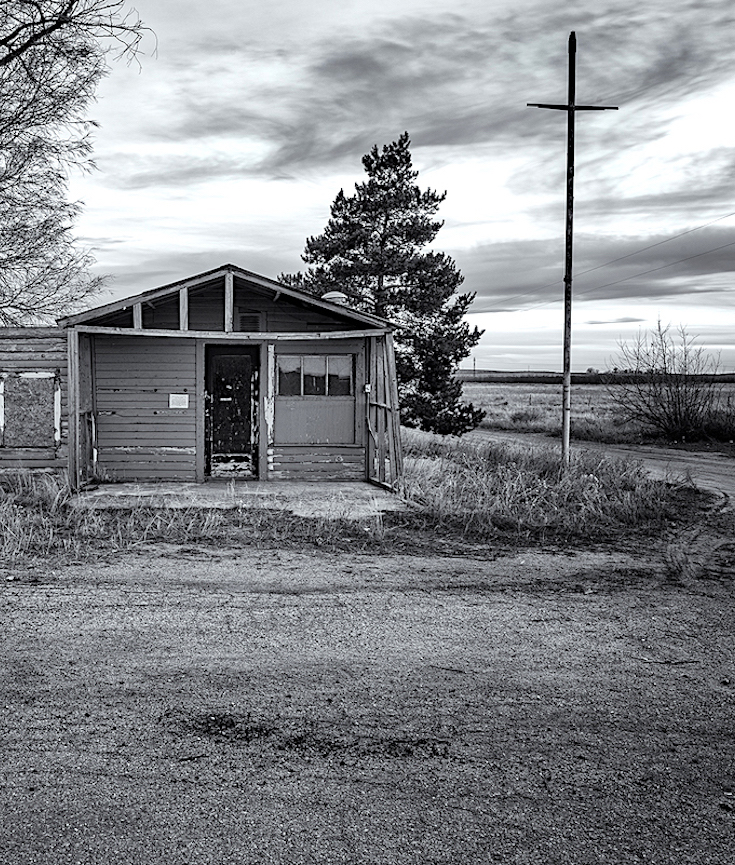Whitaker is one of the pre-eminent actors of his generation, with a diverse and celebrated catalog ranging from “The Great Debaters” to “The Crying Game” to “Ghost Dog: The Way of the Samurai.” By now it is likely that he has adjusted to random strangers who can’t get his turn as Idi Amin out of their heads. But the man who approached the Oscar winner at the deli last month was in no mood for autographs. The employee stopped Whitaker, accused him of shoplifting and then promptly frisked him. The act of self-deputization was futile. Whitaker had stolen nothing. On the contrary, he’d been robbed.
[mc4wp_form id=”6042″]

 Photo Credit | Daniel R. Joder
Photo Credit | Daniel R. Joder
 Photo Credit | Daniel R. Joder
Photo Credit | Daniel R. Joder
 Photo Credit | Daniel R. Joder
Photo Credit | Daniel R. Joder
 Photo Credit | Daniel R. Joder
Photo Credit | Daniel R. Joder
The Dust Bowl, also known as the Dirty Thirties, was a period of severe dust storms that greatly damaged the ecology and agriculture of the American and Canadian prairies during the 1930s; severe drought and a failure to apply dryland farming methods to prevent wind erosion (the Aeolian processes) caused the phenomenon. The drought came in three waves, 1934, 1936, and 1939–1940, but some regions of the high plains experienced drought conditions for as many as eight years. With insufficient understanding of the ecology of the plains, farmers had conducted extensive deep plowing of the virgin topsoil of the Great Plains during the previous decade; this had displaced the native, deep-rooted grasses that normally trapped soil and moisture even during periods of drought and high winds. The rapid mechanization of farm equipment, especially small gasoline tractors, and widespread use of the combine harvester contributed to farmers’ decisions to convert arid grassland (much of which received no more than 10 inches (250 mm) of precipitation per year) to cultivated cropland.
During the drought of the 1930s, the unanchored soil turned to dust, which the prevailing winds blew away in huge clouds that sometimes blackened the sky. These choking billows of dust – named “black blizzards” or “black rollers” – traveled cross country, reaching as far as the East Coast and striking such cities as New York City and Washington, D.C. On the Plains, they often reduced visibility to 1 metre (3.3 ft) or less. Associated Press reporter Robert E. Geiger happened to be in Boise City, Oklahoma, to witness the “Black Sunday” black blizzards of April 14, 1935; Edward Stanley, Kansas City news editor of the Associated Press coined the term “Dust Bowl” while rewriting Geiger’s news story. While the term “the Dust Bowl” was originally a reference to the geographical area affected by the dust, today it is usually used to refer to the event, as in “It was during the Dust Bowl”. (Wikipedia).


You must be logged in to post a comment.